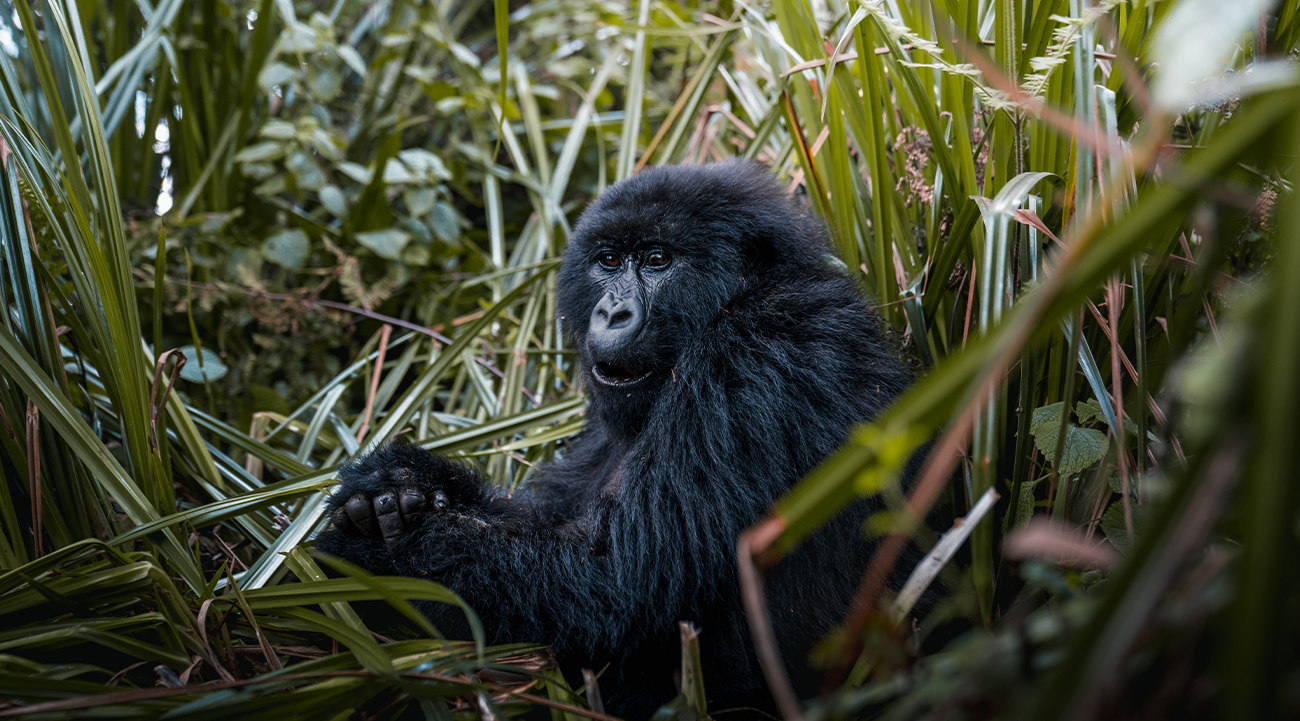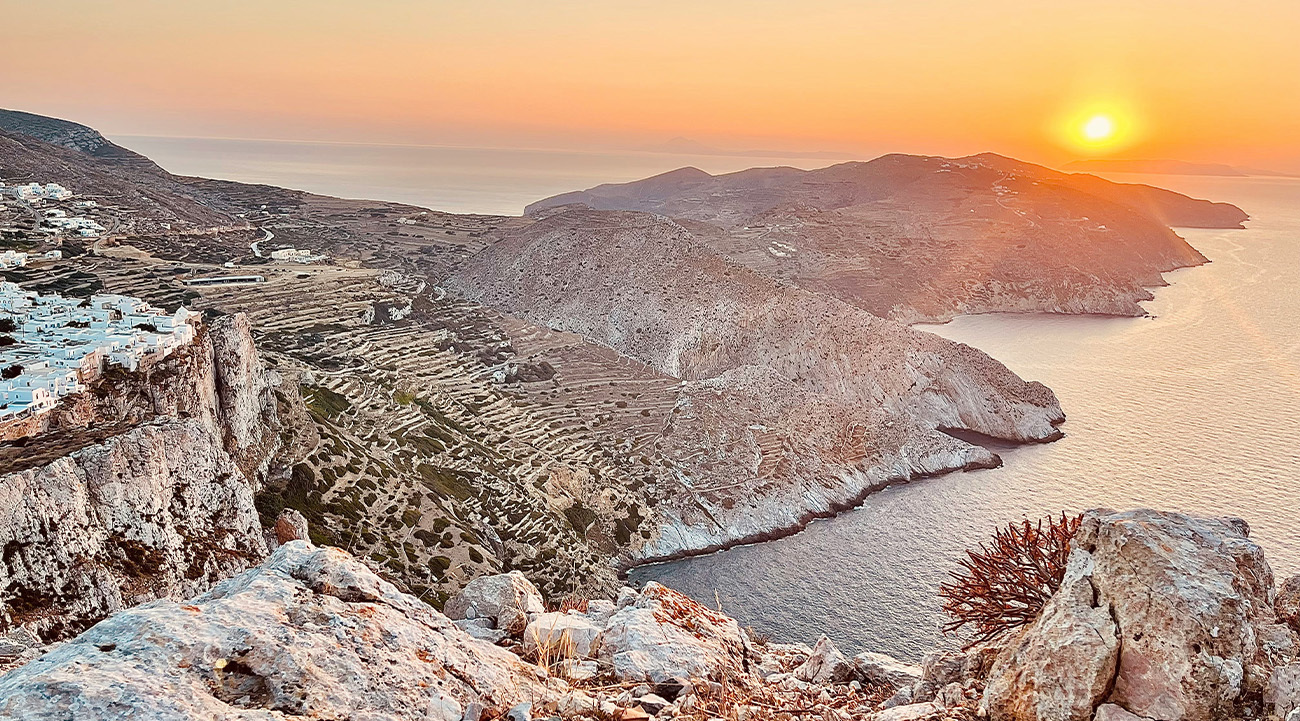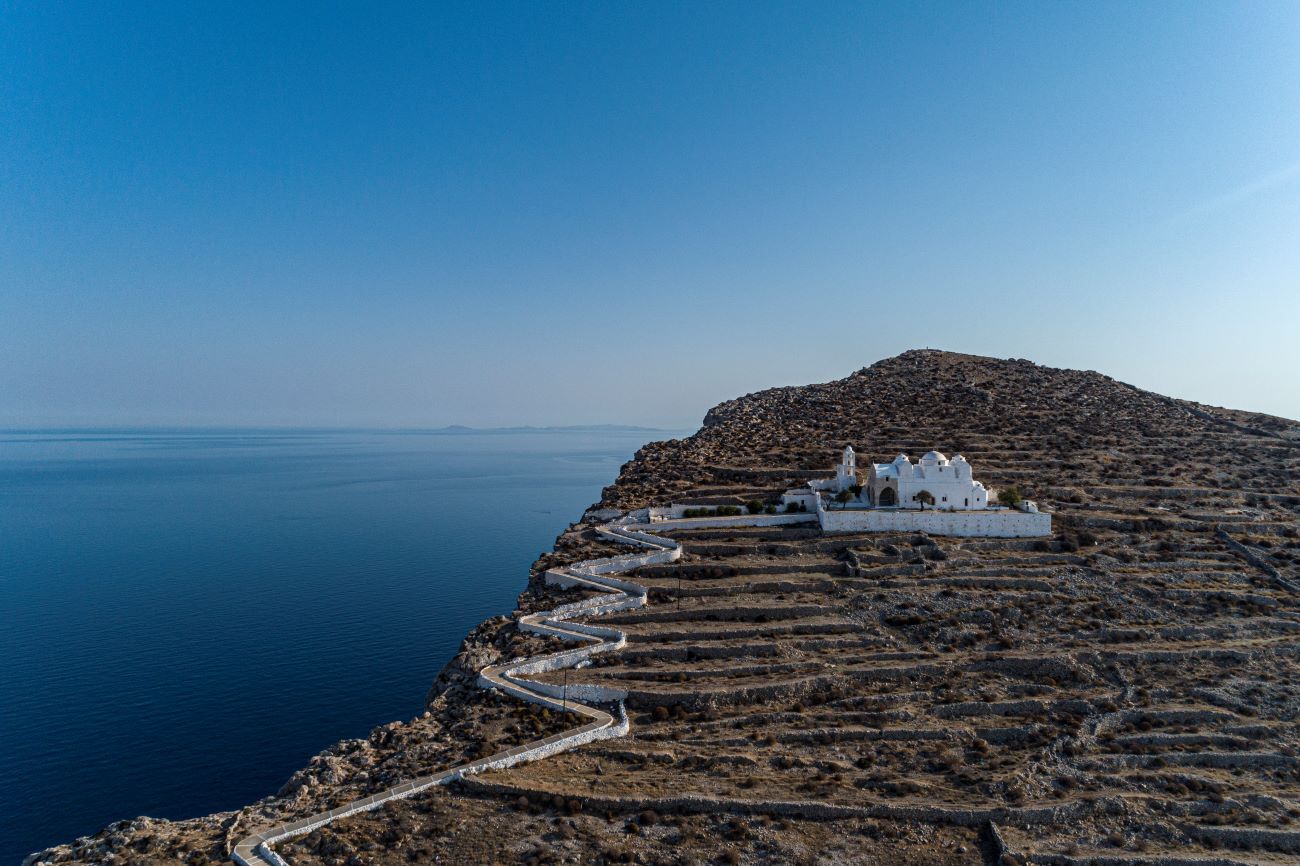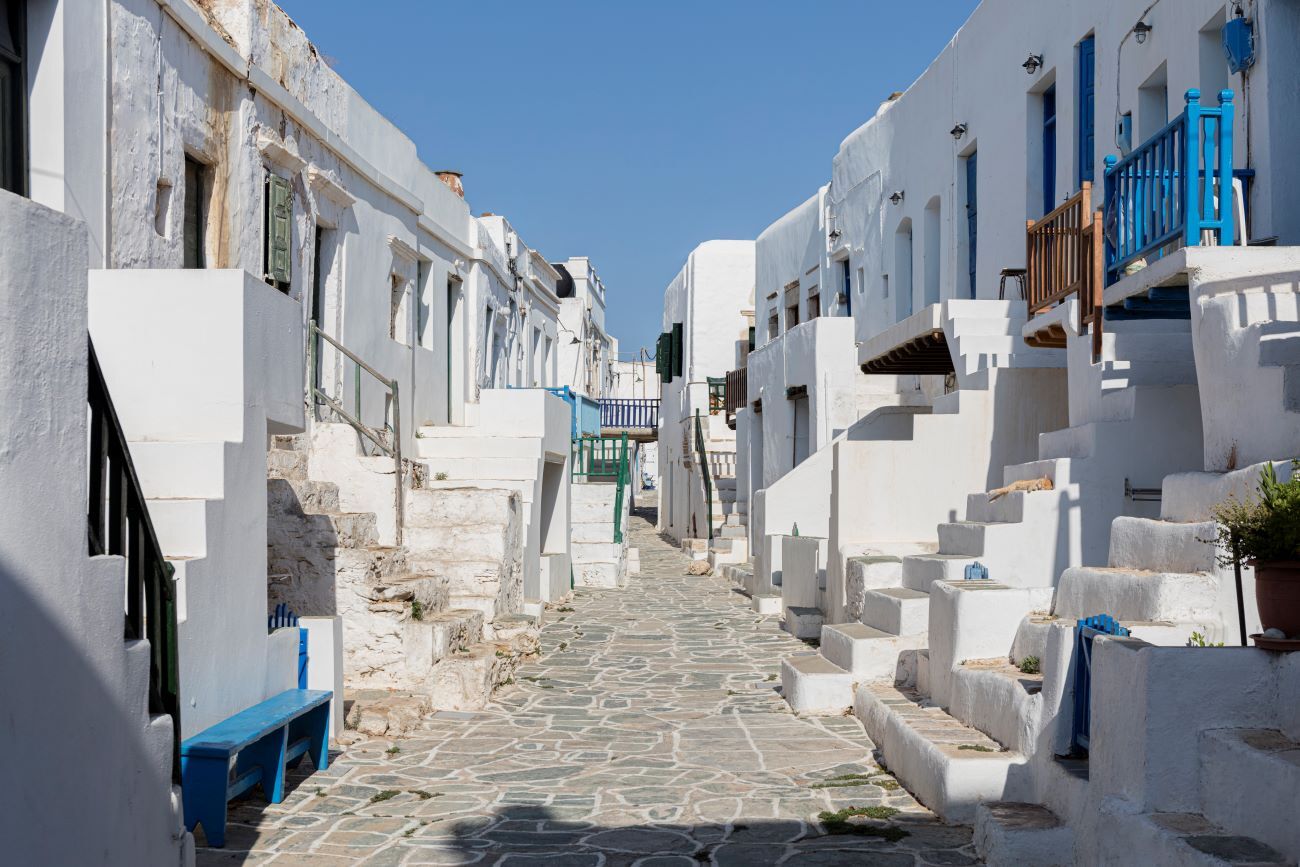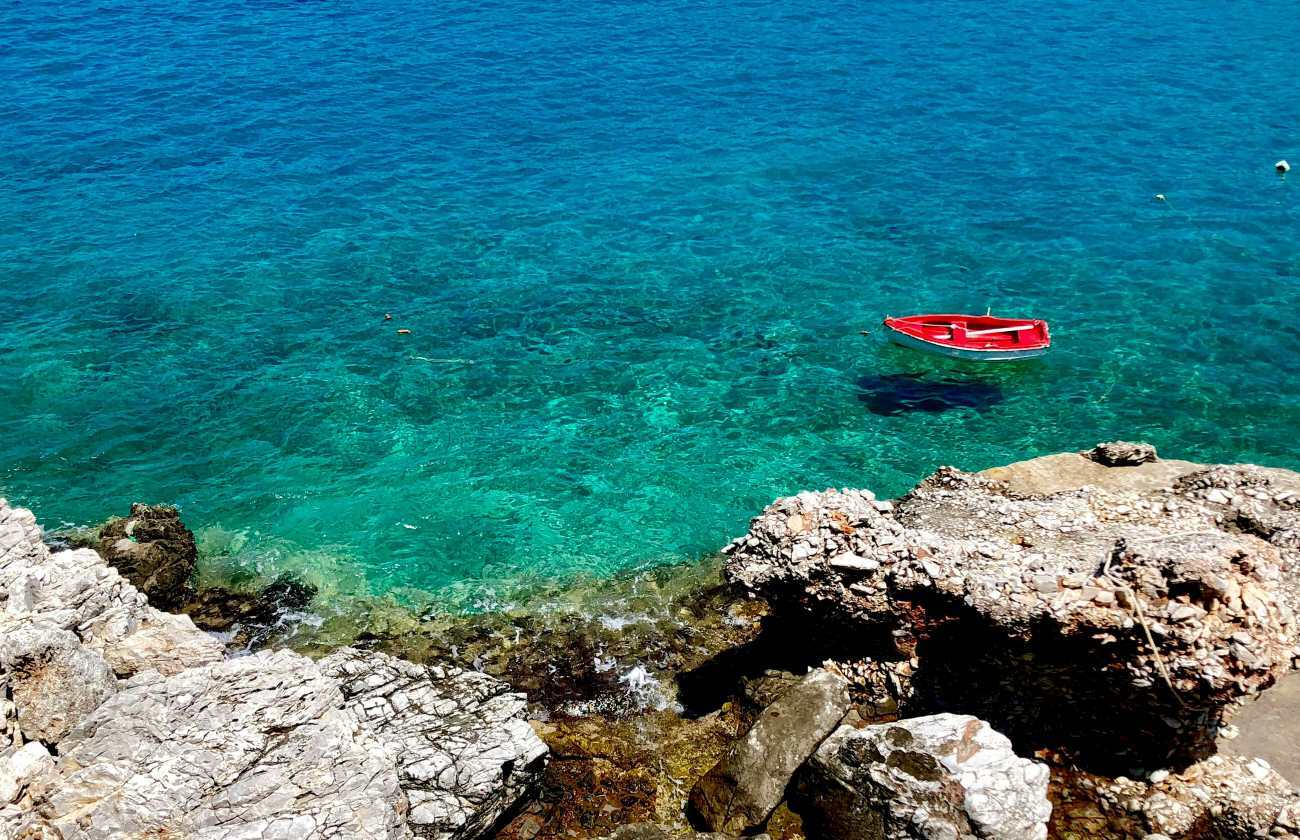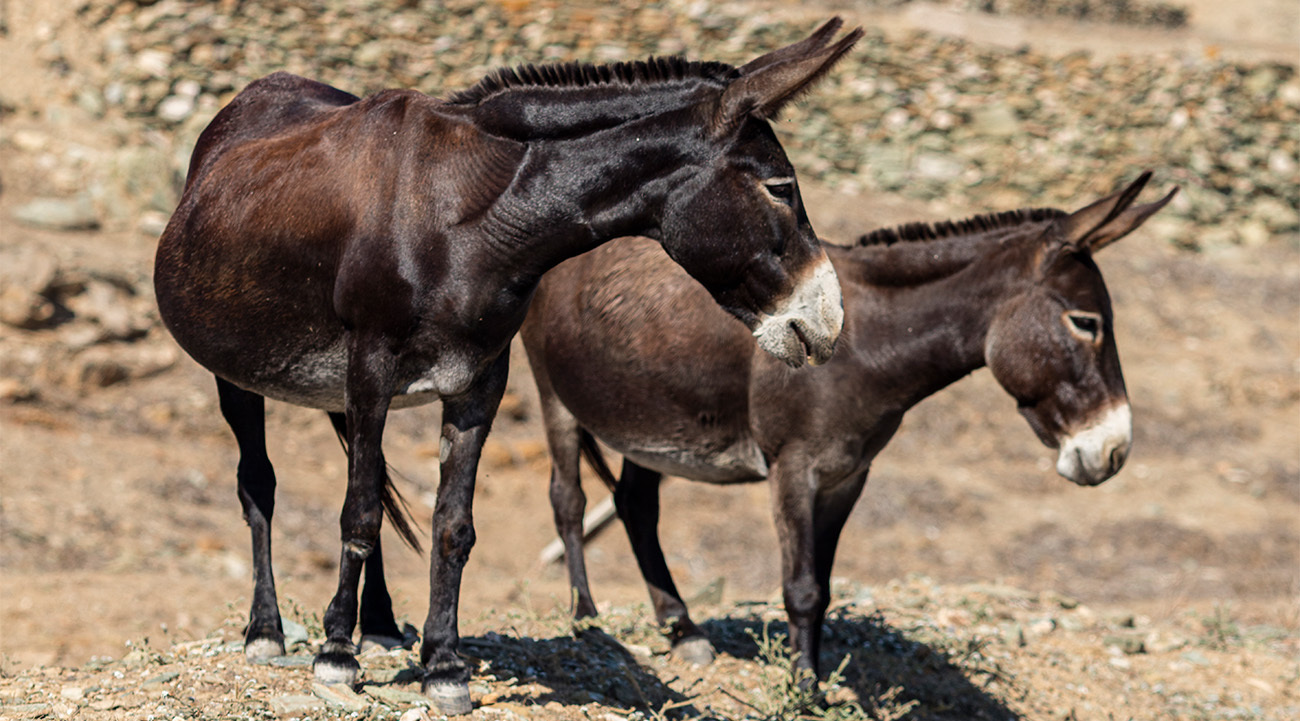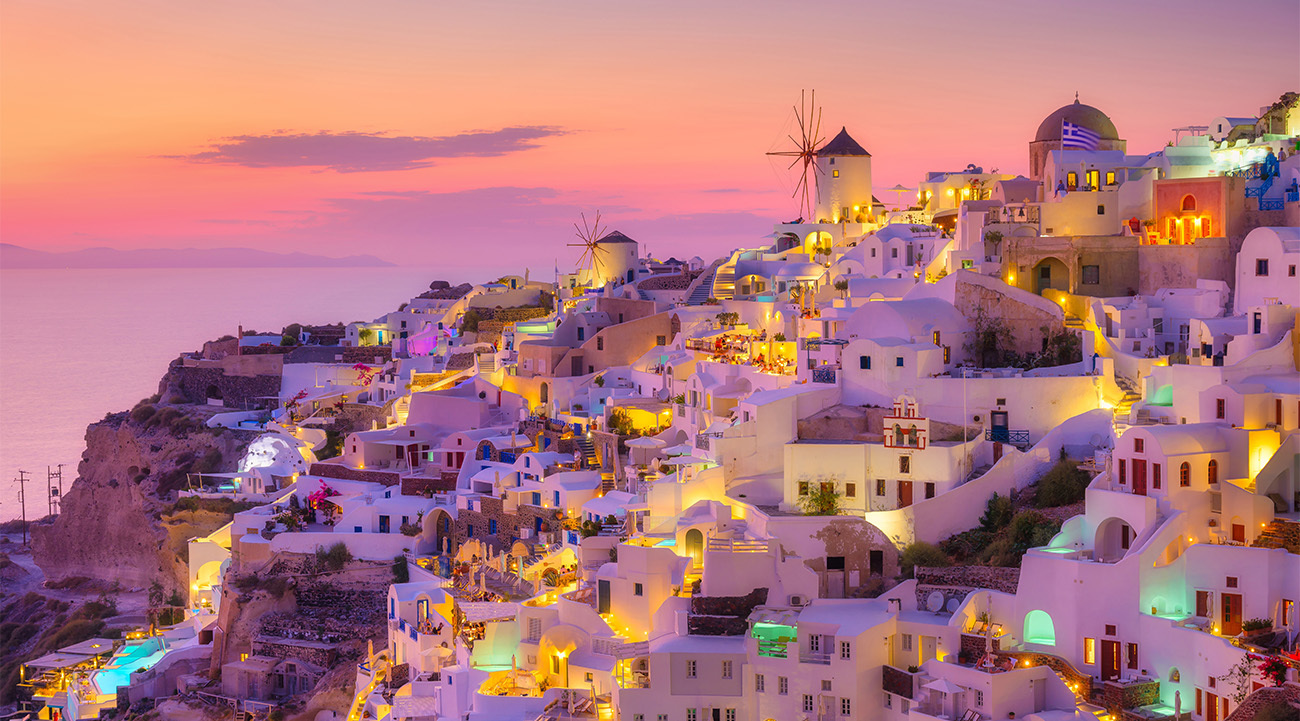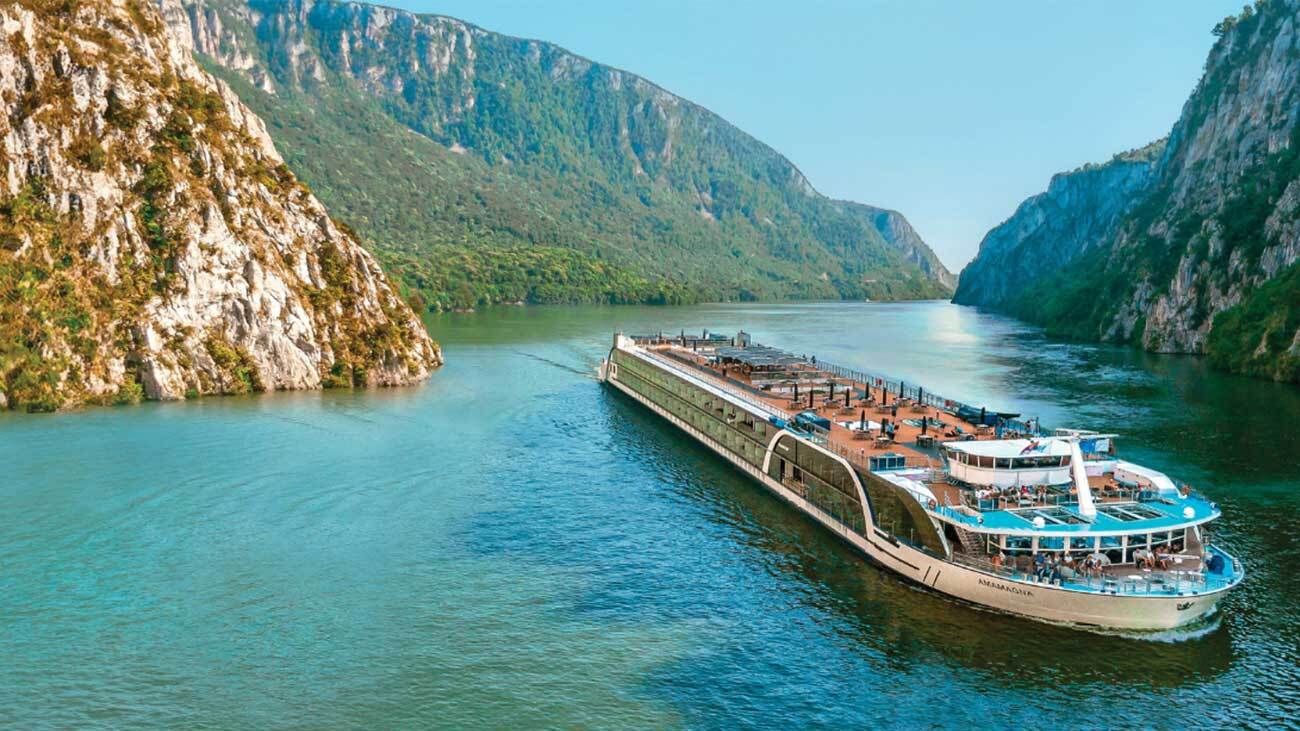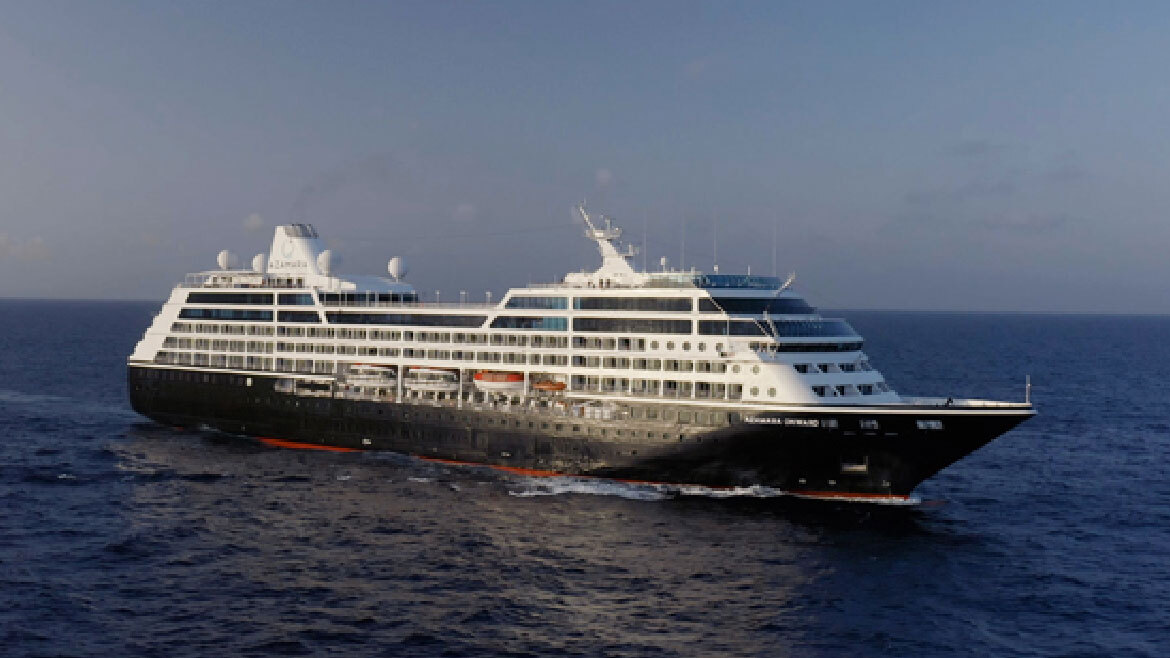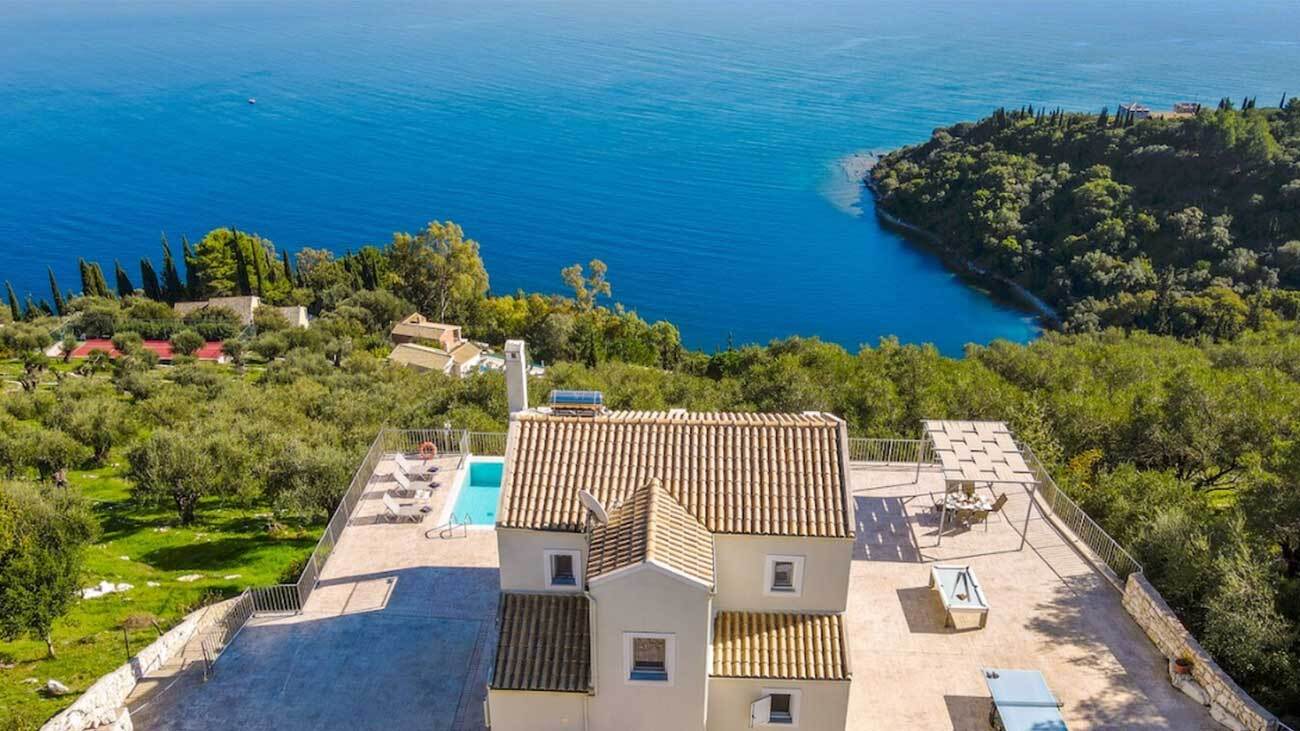Splendid isolation: Why visit the lesser-known Greek island of Folegandros
This southern Cycladic isle invites visitors to discover a Greek island experience of decades past
The ferry rocks from side to side as it backs into the port, a gaggle of expectant tourists jostling behind the ramp as it lowers with fevered beeps. In late September, the Greek ferry experience is still as frenetic as ever – but when we step out onto the tiny isle of Folegandros, all is calm. The island’s harbour is as pretty as they come, home to a bay lined by a sweep of golden sand and lapped by clear, sapphire water that dances under the sunlight. Close to the shore, a smattering of low-rise, cuboid buildings with blueberry-hued shutters play host to tavernas and small apartments. A handful of donkeys graze a sunburnt field; a few people sunbathe on the sand. It’s how I imagine the Greek islands might have been 50 years ago.
Despite being sandwiched between the cosmopolitan islands of Paros and Santorini, here there’s a laziness in the air, a pace of life that feels wonderfully slow and steady. Beyond the port, the island is mainly craggy hillside: an undulating carpet of hardy shrubbery and dusty earth cut by stone walls to segregate the sheep. The island’s singular eight-mile road – there is only one – is bumpy and winding. In the winter, the population dwindles to 300 residents. Having arrived via Santorini – a geologically impressive island that has arguably become a victim of its own success, drawing such large hordes of tourists the government has had to impose increasingly stringent restrictions – it’s a welcome change, and one that affluent travellers are increasingly seeking from their Greek island-hopping experience. The tourist board has reported a marked rise in interest for lesser-known isles in the past two years – and the southern Cycladic island of Folegandros has largely been leading the charge.
Haute hotels
The island’s rise in popularity has been helped in part by Gundari, the first and only five-star boutique resort on the island, which has been much lauded since its opening in May 2024. The property lies at the end of a rugged dirt track on the southeast coast of the island, offering sweeping views over the Aegean. It doesn’t look like much from afar – framed by cable lines and half-constructed buildings, it’s clear this is an island in the throes of transition – but on closer inspection its clean lines and sandy aesthetic have created a modern oasis with a distinct magic. Tucked into a quiet hillside with little else surrounding it, this is a hotel all about disconnecting. Guests will feel like a speck in the ocean as they loll by the infinity pool looking out over the seemingly endless sea.
Days are lazy – punctuated by waiters ferrying iced glasses of Aperol Spritz between sunloungers, and languorous dinners in the courtyard restaurant enjoying the fruits of Gundari’s nearby organic farm, a crescent moon hanging overhead. The hotel is clearly reaping the benefits of being the island’s first high-end hotel (capacity was still healthy in late September), but the opening hasn’t been without its challenges. The property has been quick to make adjustments following guest feedback during its first summer of operations. The bumpy dirt track that ran from the hotel to the main road has been replaced with tarmac for a smoother entrance and exit, and there’s fresh landscaping to improve the privacy of suite pools. Full-length mirrors have been installed and there’s improved wind protection for rooms and public spaces. The property says works around the hotel have also now been completed, promising no construction equipment or noise for the upcoming summer season.
Untouched isle
Though the first tourists arrived on Folegandros in 1964, the island has remained relatively untouched by international tourism. As we wander the island’s centre with Poly Giouri – a passionate tour guide with long family connections to Folegandros, who provides tours with a focus on history, culture and food – it’s hard to believe that much has changed in the years since. We meet Poly in Pounda square, where a century-old primary school overlooks the Aegean from a dramatic balcony, and head up to Panagia church, which presides over the main town of Chora on a steep hill littered with Greek artefacts. From the vantage point of this landmark whitewashed church, you can see the whole island: the craggy coastline and rocky hilltops, neatly packed Chora and sparse satellite villages, the white horses of the rolling waves out at sea. Although only a one-hour ferry ride from Santorini, Folegandros feels gloriously isolated. Later, we head into Chora, perched 200 metres above sea level on a rocky cliff, to wander the traffic-free lanes.
This is no Mykonos, of course, with no big-name boutiques, but in their place is a distinctly understated and charming atmosphere. After a siesta, the town’s three main squares come alive, with restaurants and bars spilling outside and crowded tables hosting guests for balmy alfresco dining. Fridays and the weekends are particularly eventful, with live bands and dancing. After shopping the boutique-filled lanes, we visit Kastro, Chora’s oldest quarter, where crooked, ivory-hued homes with electric blue balconies stand tall and narrow along winding alleyways. This is the place to snap your Instagram shot, we’re told, but we find far more interesting things to do. We have a heartwarming interaction with an 82-year-old resident via theatrical gestures and translation from Poly, and learn she has never left the island. “Why would I?” she asks, beaming, and blowing us a kiss as we leave.
On the coast, the island’s best asset is its collection of unspoilt beaches and cliffside tavernas that can only be accessed by boat, creating an exclusive opportunity for affluent clients. Arrange an excursion on Gundari’s private yacht or book one of the vessels operating from the port to explore secret coves and hidden inlets – but be warned, the meltemi, the northerly dry wind that prevails in the Aegean for much of the summer season, can prove challenging. True to form, the wind threatens to sabotage our ferry back to Santorini and subsequent journey home, and I think, fleetingly, that it might be easier if Folegandros had an airport. “The best islands in Greece don’t have airports,” says the American Folegandros resident on our tour, who permanently relocated to the island from New York. It’s a bold statement, but one that rings true. As Greek islands go, Folegandros is still relatively under the radar – and on the cusp of something very exciting. The island has grown its luxury product just enough to make a stay here enticing, while preserving the original Greek charm that tempted travellers here all those decades ago. Visit while it still feels emerging – this is the Greek islands at their very best.
Pair it with Santorini
Sophie Jones, senior product manager at Elegant Resorts
“Greece boasts some of the world’s best island-hopping combinations and Santorini and Folegandros make the perfect pairing. Santorini offers an ideal introduction to the Greek islands with its picture-postcard vistas over the caldera and iconic sunsets, making it the ultimate romantic retreat. Santorini’s beauty and fame make it a popular choice, and twinning it with Folegandros will allow clients to follow their visit with a much quieter, off-the-beaten track side of the Greek islands. Clients may feel like they are discovering the island for themselves as they explore its untouched nature and quaint local villages.”
Book it
Elegant Resorts offers three nights in a Sunset Suite at Andronis Arcadia in Santorini and four nights at Gundari in a Standard Suite from £3,260 per person. The price includes economy flights and ferries, private transfers and UK lounge passes.
elegantresorts.co.uk
